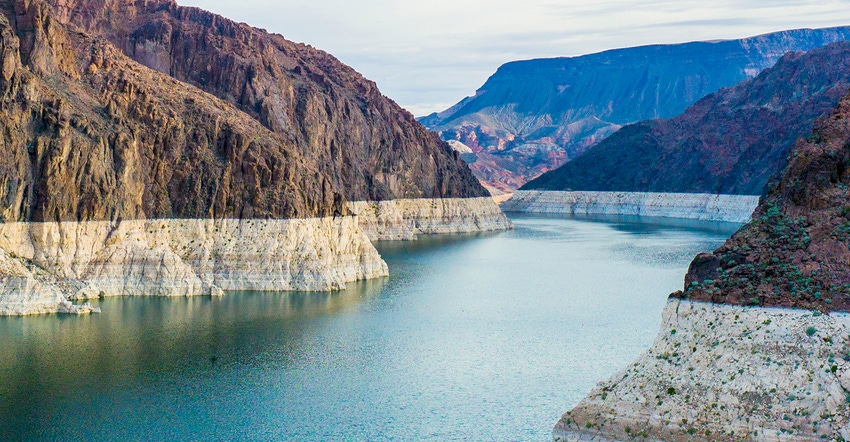February 22, 2018

Infrastructure is in the spotlight in Washington, D.C., in 2018, powered by efforts that began over a year ago. After numerous congressional committee hearings on infrastructure in 2017, the House and Senate are working on Western water bills that may end up in a larger infrastructure bill this year. And President Donald Trump — who pledged to tackle America’s infrastructure challenges immediately after entering office — is now providing a glimpse into how the details of how that will work.
The Trump administration in February released its long-awaited infrastructure plan, which includes generating $1.5 trillion for an infrastructure proposal, streamlining the permitting process, investing in rural infrastructure projects and advancing workforce training.
The same day the White House released its infrastructure plan, the Family Farm Alliance transmitted testimony to a House subcommittee, which conducted a hearing on the state of the nation’s water and power infrastructure two days later.
Our testimony emphasized that many communities of the West — as well as the farms and ranches they are intertwined with — owe their very existence to the certainty provided by water stored and delivered by the Bureau of Reclamation, and other state and local water storage projects. The federal government has an enduring role in water supply infrastructure development and management that includes working with local water managers on both a policy and operational level and, in partnership with them, providing support for their efforts to secure a stable and sustainable water supply.
Setting infrastructure priorities
When Congress begins to deal with infrastructure issues later this year, any new federal water infrastructure investments or financing tools should be made available for improvements in water conveyance, surface water storage, aquifer storage and recovery, groundwater recharge, wastewater, water reuse, desalination, and efficiency projects. Any new infrastructure legislation must also apply to the remediation of existing aging water infrastructure, as well as to the development of new infrastructure. Moreover, meaningful legislation should encourage investments in forest health and watershed management, which can have as high or greater water yield and return on investment as more traditional brick-and-mortar capital investments.
Even though we experienced a very wet winter and spring last year, this year’s dry winter will attest that there are no guarantees that the West will not experience even more intense multiple drought years in the future. The West must begin to manage water as if every year was going to be a drought year. This will require all Westerners to adopt a new paradigm — one that promotes wise management of water and protects carryover storage for future use in dry periods. This new paradigm will also mean additional investment in technology, conservation, and new water storage and management infrastructure to deal with the uncertainties that lie before us.
The public infrastructure challenges our nation is currently facing are daunting, and they will require innovative solutions. The infrastructure investments made by prior generations have benefited this country for over a hundred years. Now it is this generation’s responsibility to invest in infrastructure and invest for future generations.
Keppen is executive director of the Family Farm Alliance.
About the Author(s)
You May Also Like




